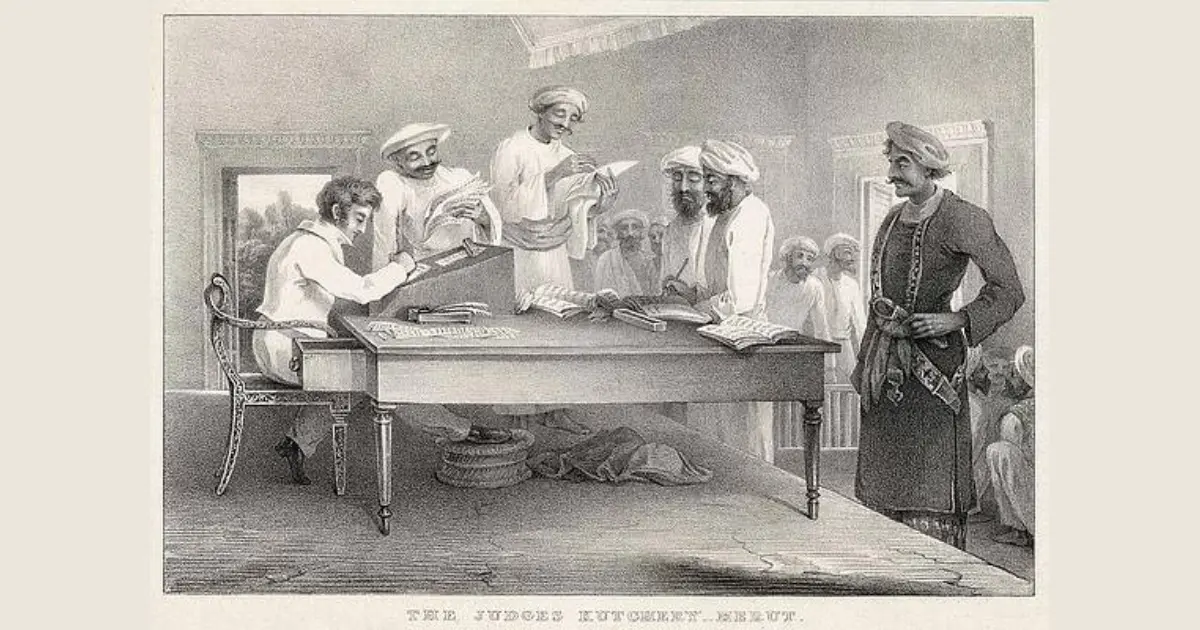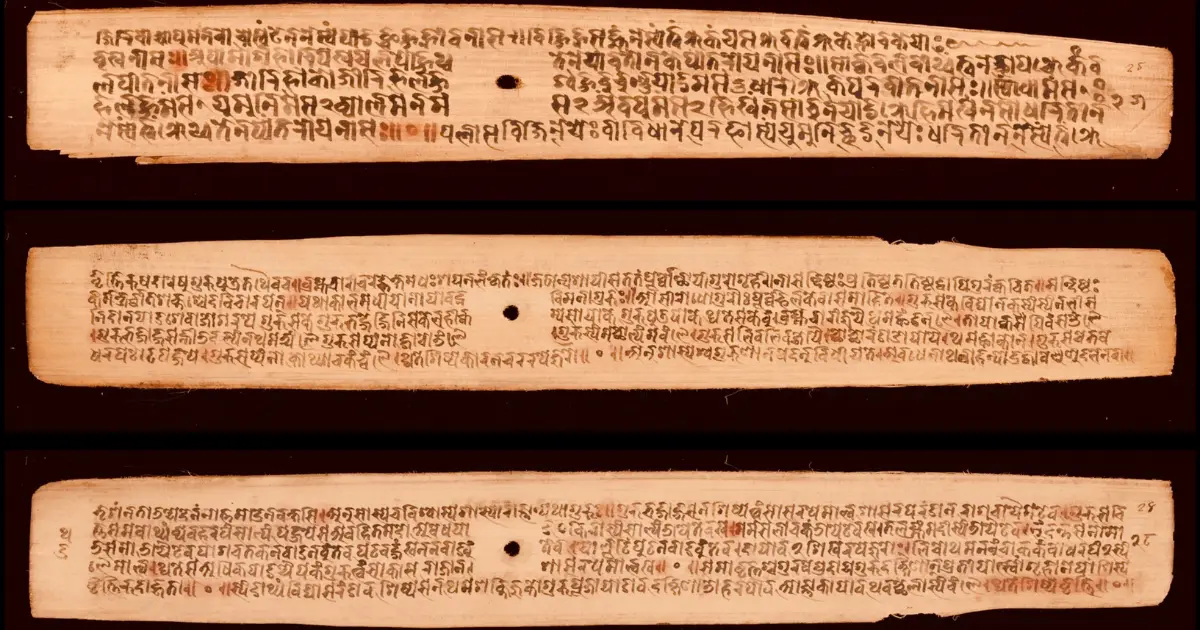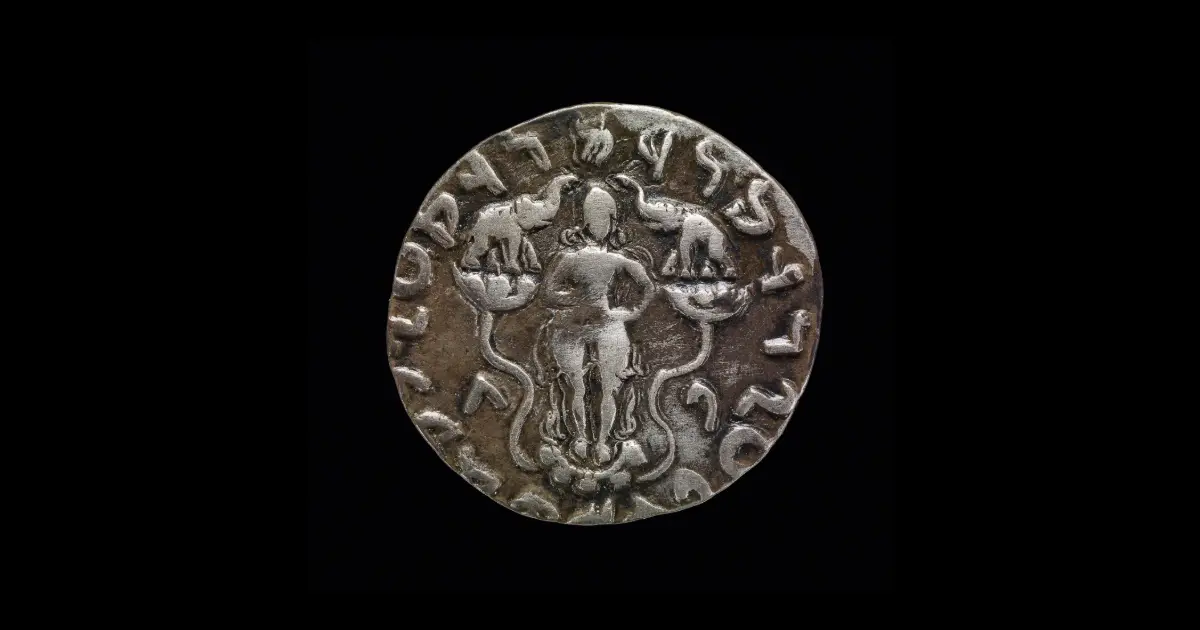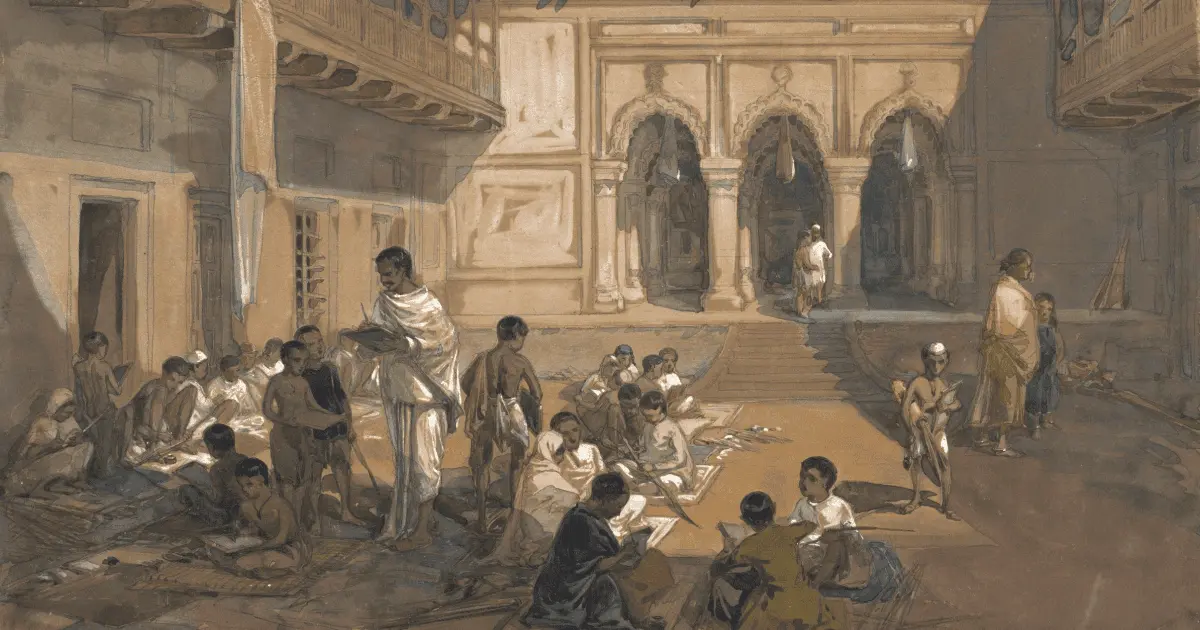As the clock ticks past midnight on one’s birthday, the phone often starts vibrating like a seismic alarm. Messages pour in, calls flood the screen, and a ritual unfolds: not of reflection or gratitude, but of cake, candles, balloons, and photographs.
Increasingly, contemporary Indian birthday celebrations echo Westernized customs. Year after year, we find ourselves more focused on managing these shenanigans, such as surprise cake cuttings at midnight, which are not a surprise anymore. The morning after, often what remains is exhaustion, leftover cake, and the hollow repetition of “thank you” replies on social media.
Something about this ritual feels unfulfilling. The moment passes in a blur of notifications and photographs, leaving little to no lasting impression. It is a familiar and almost rehearsed performance, but it offers food for thought: What exactly are we celebrating? Are we celebrating age, relationships, consumerism, or is it simply the pressure to conform? Why do these celebration rituals feel distant to us? The answer lies in misalignment with our Bhāratīya value system. Such rituals, imported without reflection, are not natural to the Bhāratīya way of life. For us, a janmadina (birthday) is not merely the marking of time; it is the acknowledgement of existence itself, with a simple philosophy: one grows not only in age, but in wisdom, humility, and responsibility.
Bhāratīya saṃskṛti, which once celebrated personal milestones with austerity, prayers, and community feasts, now finds itself mimicking the Western way of celebration. Unfortunately, we allowed global consumer culture to flatten those profound philosophies into a fleeting social media display. In our eagerness to adopt global trends, we lost the rich cultural traditions that once gave our celebrations meaning, embedded in a deeper purpose of sustainability, renewal, and personal growth. Where the Western model emphasizes self-indulgence, the Bhāratīya ethos emphasizes self-situation, seeing oneself as part of a larger cosmic order. Birthdays, in this view, become not just anniversaries of survival, but occasions for renewal: of self, society, and culture.
The Modern Birthday Script: A Case of Cultural Mismatch
Anthropologist Clifford Geertz describes culture as “webs of significance” humans themselves have spun (The Interpretation of Cultures, 1973). The cultures we have adopted: blowing candles, cutting cake, and midnight wishes are not without meaning in their place of origin. They are rooted in a Western worldview and history.
The birthday cake traces back to ancient Greece, where round honey cakes were offered to Artemis, the goddess of the moon. Candles symbolized moonlight, and their smoke was believed to carry prayers to the divine. Over time, as consumerism grew, these rituals were reduced to a market-driven activity rather than a spiritual practice.
This history is crucial because it highlights a fundamental cultural mismatch that we see in Bhārata today. We have shamelessly embraced these customs for their aesthetic appeal, but without understanding what they truly stand for. The result is a hybrid ritual: a Bhāratīya family singing “Happy Birthday” at midnight and visiting a temple the next morning.
This is where the disconnect begins. For instance, our saṃskṛti believes in lighting lamps, not blowing them out: a fundamental contrast to the Western ritual. The act of lighting a lamp, or dīpa, is about dispelling darkness (ignorance) and inviting dīpa-jyoti (divine energy). Its flame, always burning upwards, symbolizes the aspiration for a life with higher ideals. By contrast, extinguishing a flame on a significant day could be read as inauspiciousness, not hope.
Similarly, the obsession with “midnight birthdays” is a direct consequence of a borrowed system of time. This practice, rooted in the Gregorian calendar and its rigid AM-PM timekeeping, has turned what was once a moment of intimacy into a competition for immediacy. A wish sent the next evening now feels like an afterthought, highlighting this artificial construct that clashes with our indigenous understanding of time. In contrast, the traditional Hindu pañcāṅga marks the beginning of a new day at sunrise, when light naturally dispels darkness. Here, the dinacaryā (daily routine) flows in harmony with nature’s rhythms, not the ticking of a clock.
This modern celebration script also includes a growing trend of smashing cakes on faces for momentary gratification, a practice that leads to food waste. Conversely, the Bhāratīya philosophy teaches us ‘annaṃ brahma’ (Food is God). Passed down through generations, this guiding principle is succinctly captured in the ancient saying from Taittirīyopaniṣad: ‘annaṃ na paricakṣīta' — meaning, one shall not waste food.
Ultimately, we are reminded that a celebration cannot be borrowed without also embracing the values it represents, because at their core, these clashing value systems unveil a fundamental cultural mismatch that simply cannot coexist.
Environmental Costs of Imported Culture’s
These borrowed practices are not only culturally mismatched but environmentally costly as well. Balloons, thermocol cut-outs, party-poppers, glittery wrapping paper, and disposable décor form the aesthetics of a ‘proper’ birthday party today. According to the Central Pollution Control Board (CPCB), India generates nearly 26,000 tonnes of plastic waste daily, with festive and party decorations being a significant contributor. Balloons, in particular, are non-biodegradable and fatal to birds and marine life when ingested. Thus, birthdays meant to celebrate life, ironically, accelerate ecological destruction.
Compare this with our saṃskṛti that is rooted in sustainability and giving back. The mango leaf toraṇa hung over doorways during celebrations is a perfect example. These biodegradable decorations also have a symbolic meaning: they are believed to trap negative influences and welcome positive energy, while having the practical effect of keeping the air fresh.
Similarly, the raṅgavallī (rangoli) or kolam is not just an artistic expression. Traditionally made from rice flour, it is a beautiful, eco-friendly decoration that also acts as a subtle act of dāna (charity), feeding ants and birds. It is a testament to a worldview where celebration is about harmony with the environment and all its creatures.
Underlying Bhāratīya Ethos
If Western birthday rituals evolved around materialism and individual display, the Bhāratīya paramparā approaches life-marking events through the lens of saṃskāra (rites of passage) that blends personal milestones with social duty and spiritual reflection, making it a soulful celebration of life itself.
Tulābhāra (Tulabharam), a practice mentioned in the Bhāgavata Purāṇa, is the ultimate expression of this philosophy centred around dāna (charity). It is an act of humility and gratitude wherein a person is weighed against a commodity like grain or gold, and the equivalent weight is offered as a donation. Instead of gathering material possessions, you give back to society, acknowledging that our life is sustained by countless others and one’s worth is measured in sevā (service) to others.
Bhaṇḍāra, too, reflects how birthdays were once rooted in sevā (service) and brahmavarcasa (sanctity). In many communities, a birthday was marked by organizing a simple bhaṇḍāra at temples, āśramas, or community gatherings: feeding devotees, travelers, and the needy. Crucially, the food was offered not as dāna (charity) but as prasāda, the āśīrvāda (blessing) of the deity, ensuring dignity for the receiver and infusing humility in the giver.
Even the act of bowing to elders for āśīrvāda (blessings) carries deep psychology. It acknowledges dependence, cultivates gratitude, and recognizes that growing older is not just about independence but about interdependence.
In short, Bhāratīya paramparā does not oppose joy; it contextualizes it. Janmadina for us has never been about attention-seeking but about blessing-seeking and alignment with family, community, nature, and the divine.
Reimagining and Reclaiming Our Birthday Celebrations
If the modern script of consumerism feels inadequate, the answer is not to invent a new approach but to rediscover what was always ours. The solutions we seek for genuine joy, for a fulfilling experience, for sustainability, and for introspection are already woven into the fabric of our culture. Our Bhāratīya paramparā offers a path to celebration rooted in the very philosophies we now lack. Perhaps the solution is not to replace every ritual but to infuse them with our own value systems. It is not about giving up birthday parties, but rather about making them more meaningful.
We can start with small changes. It does not have to be an all-or-nothing change: instead of plastic decorations, we can use mango leaf toraṇa and create a raṅgavallī with rice flour, an act that is both beautiful and nurturing. Instead of party-poppers, we can shower flowers to make someone feel special. By lighting a dīpa (lamp) instead of blowing out candles, we embrace not only light but our way of life. Perhaps we might even experiment with the birthday song itself, infusing our wishes with cheerful
Saṃskṛta compositions or even our own heartfelt melodies. A birthday can also be a time to plant a tree for each year of life, creating your living legacy for future generations. And in addition to receiving gifts, donating what you weigh can become a must-do birthday activity through the ritual of tulābhāra.
Moreover, birthdays can be treated as annual audits of life, a time to ask: Am I living by my values? Am I nurturing my relationships? Am I learning, serving, and growing? In this way, reflection itself becomes part of the ritual. A practice which aligns with the Bhāratīya concept of dinacaryā (daily discipline) and ṛtucaryā (seasonal discipline), where the rhythm of time is seen as an opportunity for renewal and each cycle opens the door to evolution.
In the end, these are not abstract ideals. They are tangible ways to root celebration in our own saṃskṛti while keeping joy intact. By drawing from our own paramparā, we make birthdays more authentic. They offer a path to genuine happiness that reconnects us with the wisdom of the past while guiding us in the present.
Is Culture Too Heavy?
Critics might argue that not everyone wants a solemn or spiritual birthday. Young people, in particular, seek fun, and joy itself is valuable. Some believe that traditions naturally evolve, and importing customs is simply a part of a globalized world.
This is a valid point, as the goal is not to strip celebrations of laughter, fun, or cake. What is being questioned here is not joy but emptiness, the feeling that arises when a celebration is reduced to mere habit, performance, or consumption. The issue is not singing "Happy Birthday" but forgetting why, in our own cultural context, life is worth celebrating.
Ultimately, this is not a condemnation of birthday cakes, parties, or well-wishes. It is a call to recognize that celebration can be more than just a fleeting performance. Just as yoga was adapted from āśramas to fitness studios, so too can our birthday rituals evolve without being fossilized. The task is to find a balance: to combine joy with thoughtfulness and celebrations with culture. This way, we ensure that our years are not just counted but truly lived.






